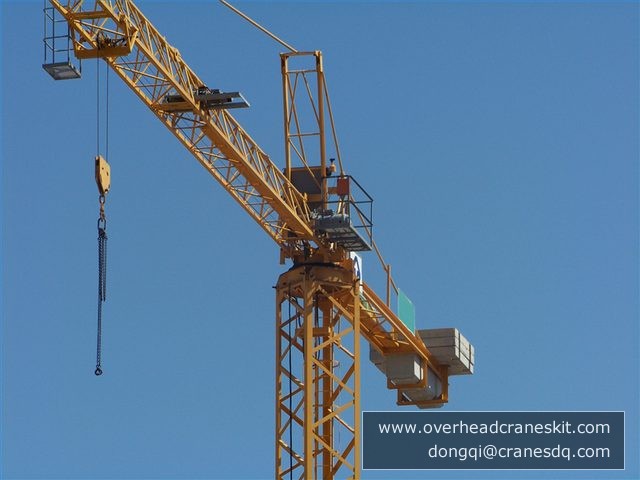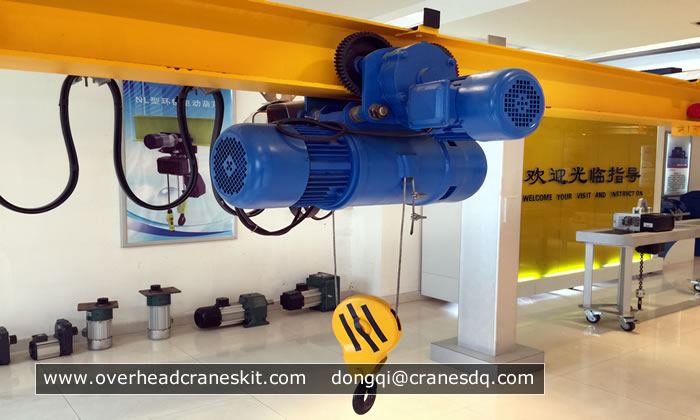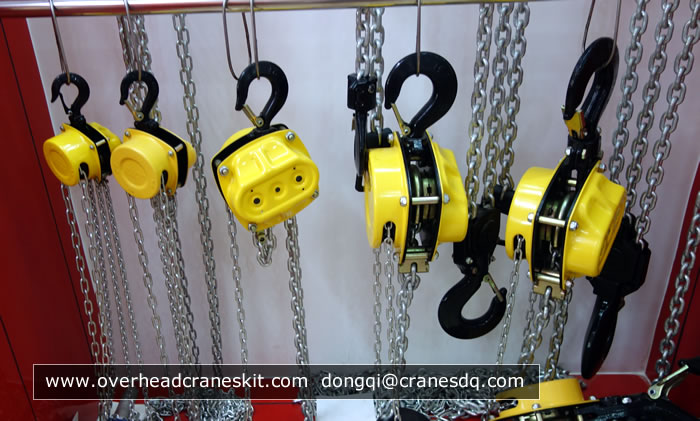There are as many as 82 annual fatalities in the operation of cranes according to United States Department of Labor estimates. The Occupational Safety and Health Administration (OSHA) has set forth safety regulations for cranes in Title 29, Section 1910.179 of the Code of Federal Regulations.
Crane Wikipedia
A crane is a large, powerful device used to lift heavy objects. There are a large number of different types of cranes, each with a different use and application. Model makers like to re-create things from the real world, and a model crane is a complex project. Making one of these to scale, where it is the same proportions as a real crane, adds an extra element of challenge.
A crane operator is a construction professional. After participating in a formal apprenticeship program and, in some states, obtaining licensing, these professionals operate, inspect and maintain cranes at construction sites and in other industrial environments.
Currently crane operators are qualified in many states by a simple set of standards, but the dangers in crane operations have caused OSHA to propose new testing methods. Although a license is required in 18 states already, within four years, all states will be required to adhere to the license regulations. The states in which a license is now required are: California, Connecticut, Hawaii, Maryland, Massachusetts, Minnesota, Montana, Nevada, New Jersey, New Mexico, New York, North Carolina, Oregon, Pennsylvania, Rhode Island, Utah, Washington and West Virginia.
The National Commission for the Certification of Crane Operators (NCCCO) developed and manages certification for crane operators. Each state has individual laws, but most require certification through the NCCCO. In order to become certified, you must pass a two-part exam, consisting of a written and a practical portion. These two portions are administered independently and you pay testing fees for each of them separately.
The first step to becoming a crane operator is to obtain a high school diploma or equivalent. According to the U.S. Bureau of Labor Statistics, aspiring crane operators and excavating machine operators also need several years of experience in related jobs before they become full-time crane operators. New operators must undergo on-the-job training from a senior worker for an amount of time determined by the employer.
What is Electric Hoist Electric hoist is a special lifting equipment, mounted on the overhead cranes, gantry cranes or Jib cranes. Electric hoist with small size, light weight, simple operation,...
Manual Chain Hoist Overview Manual Chain Hoist, also known as fairy hoist, hand chain block, is a simple to use, easy to carry manual lifting equipment, also known as “chain hoist” or...








